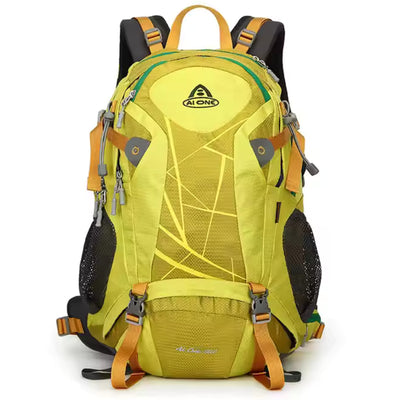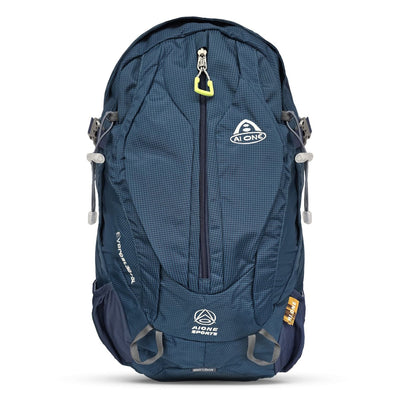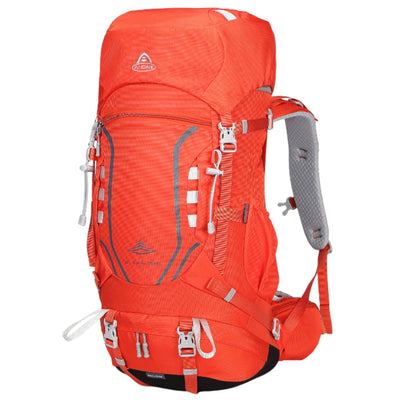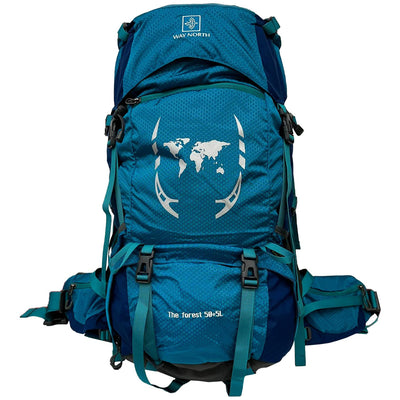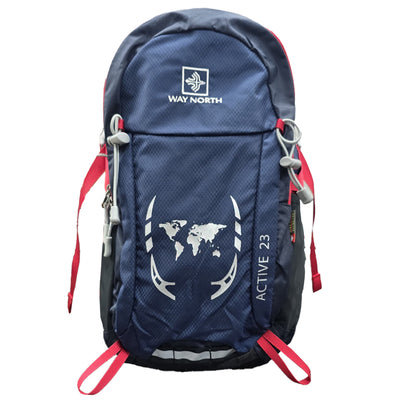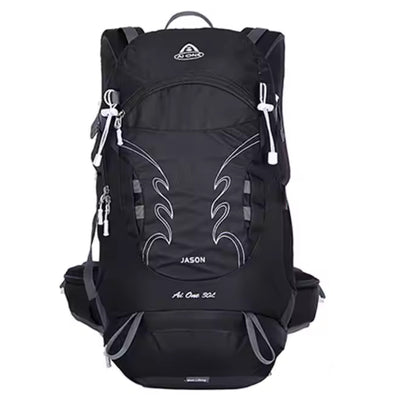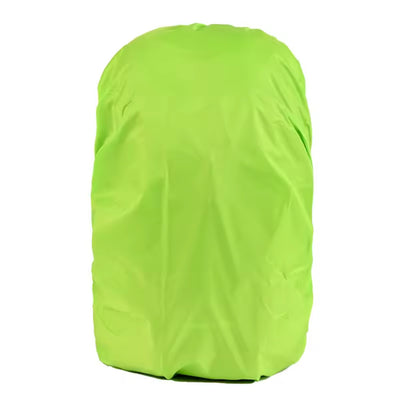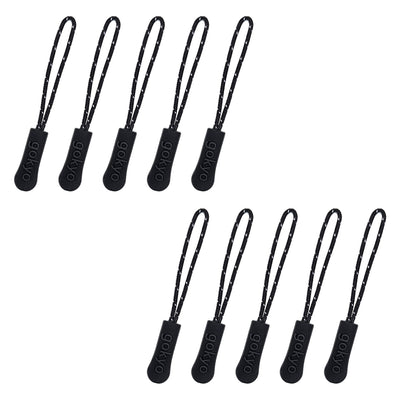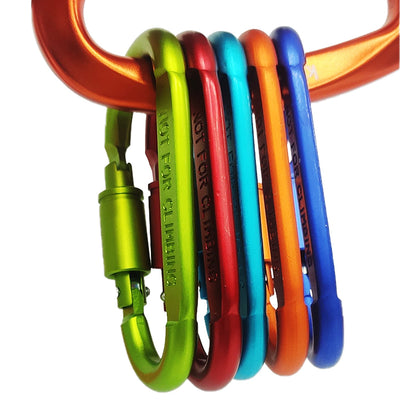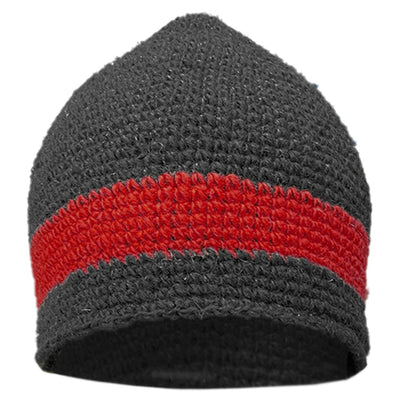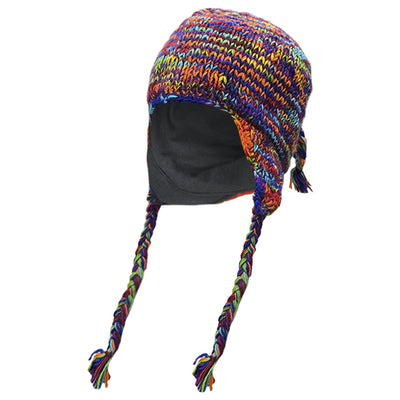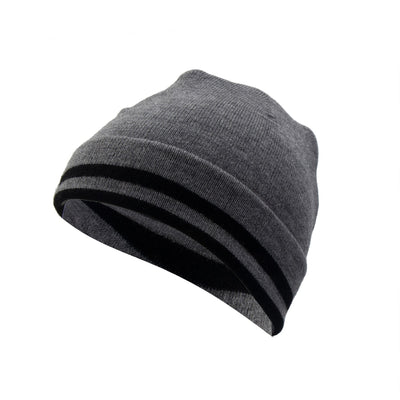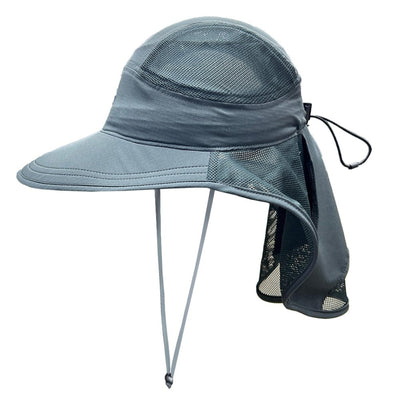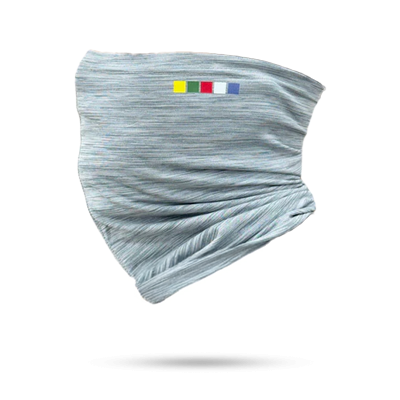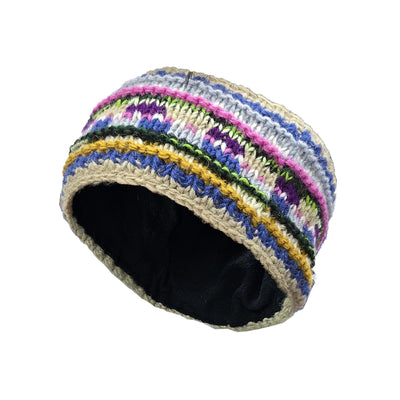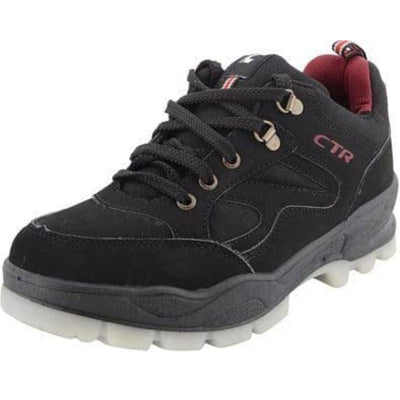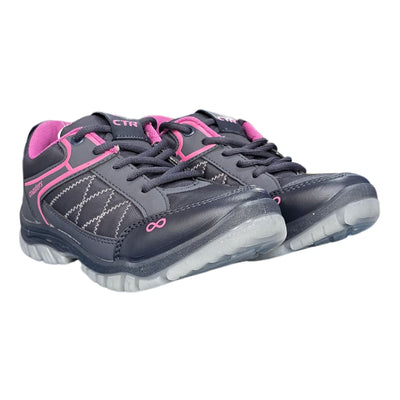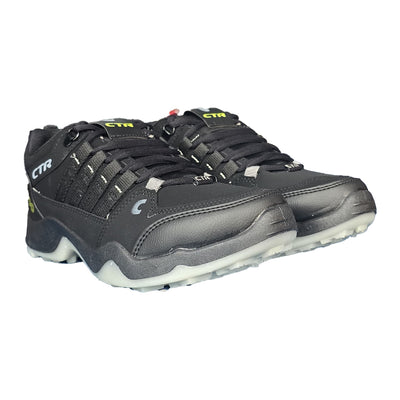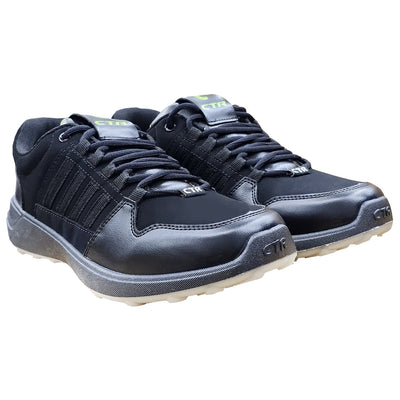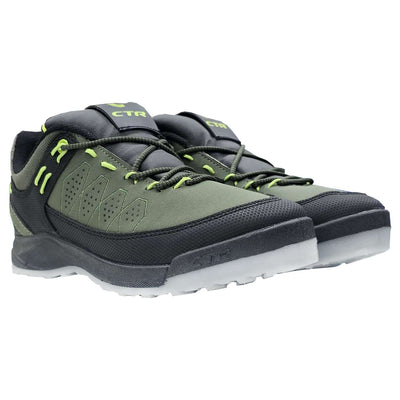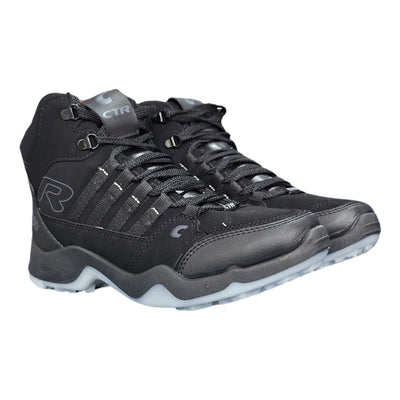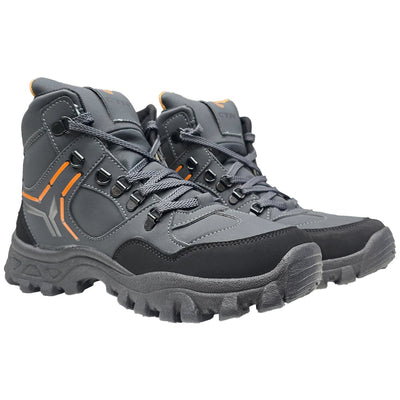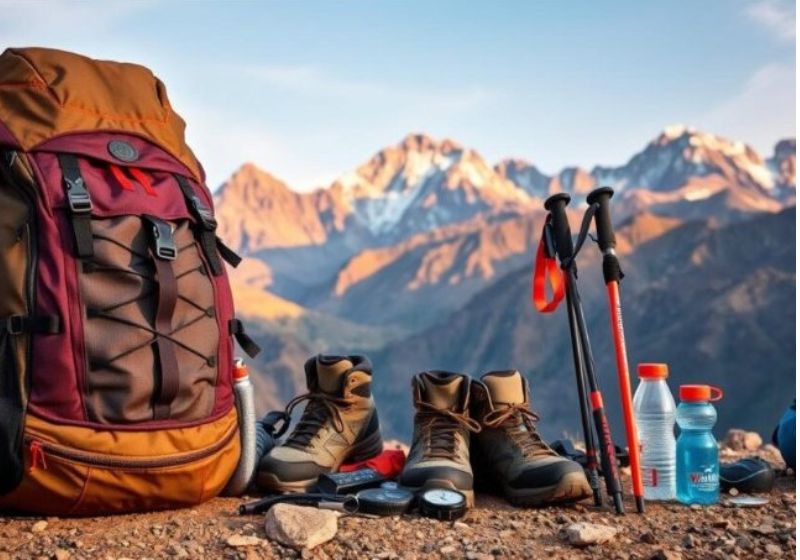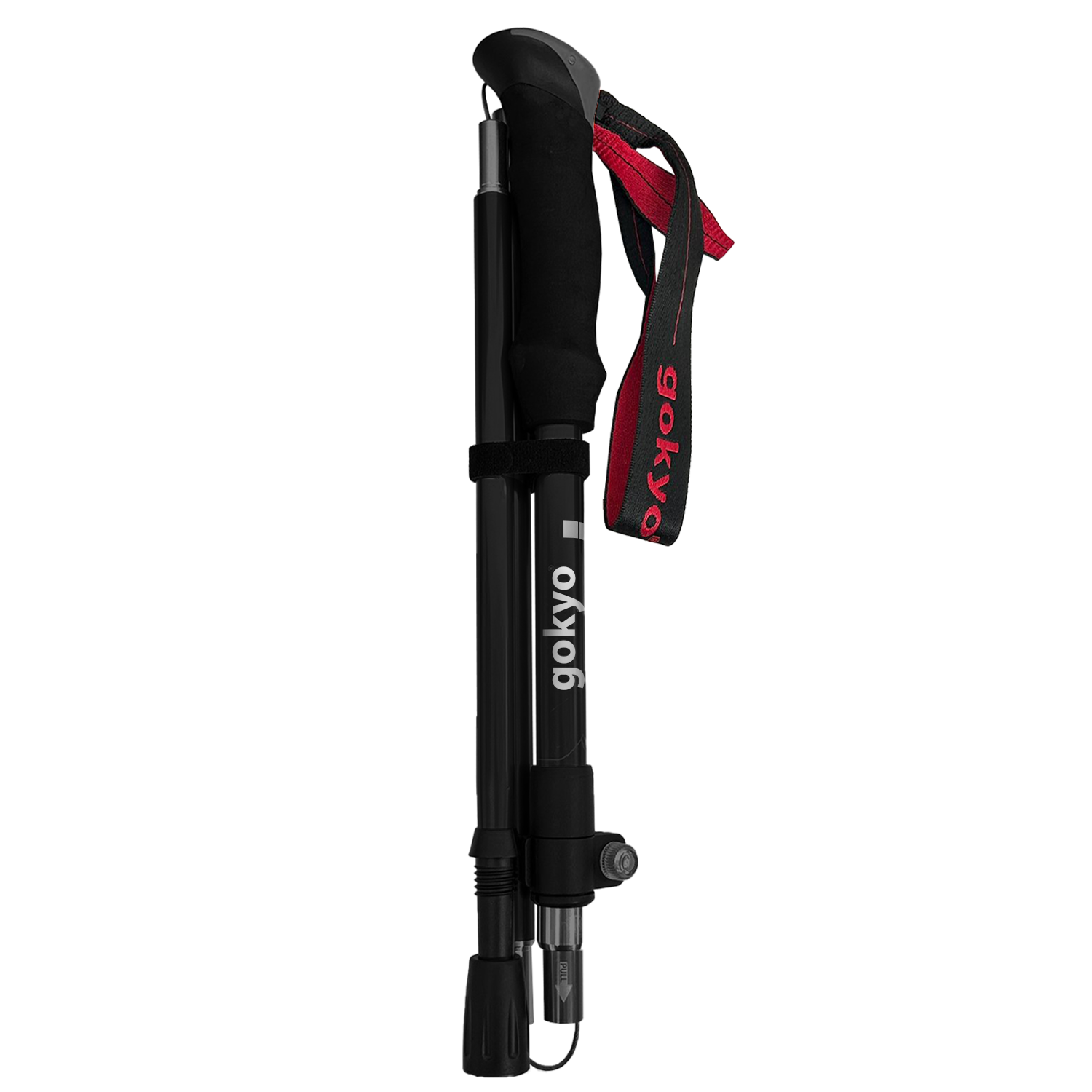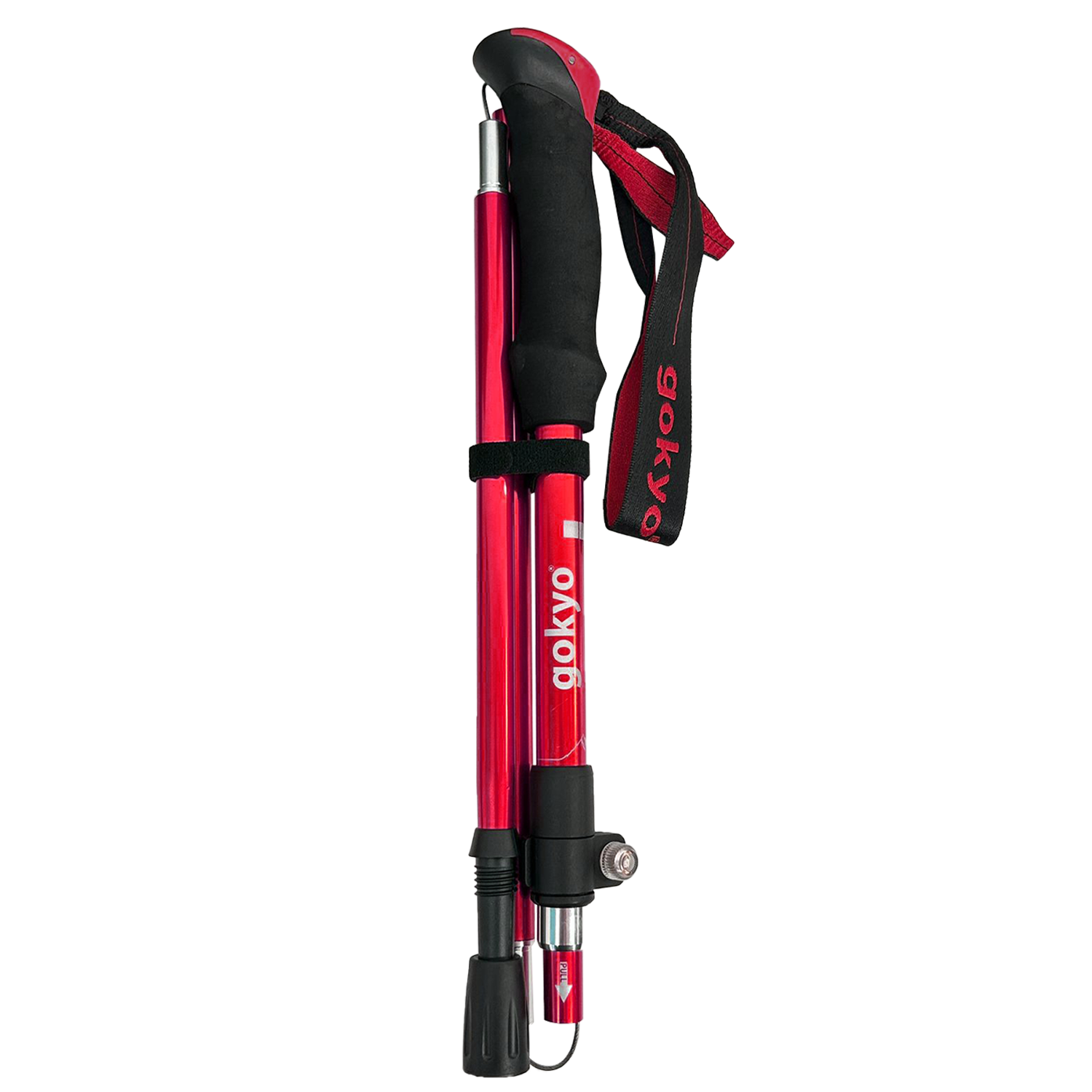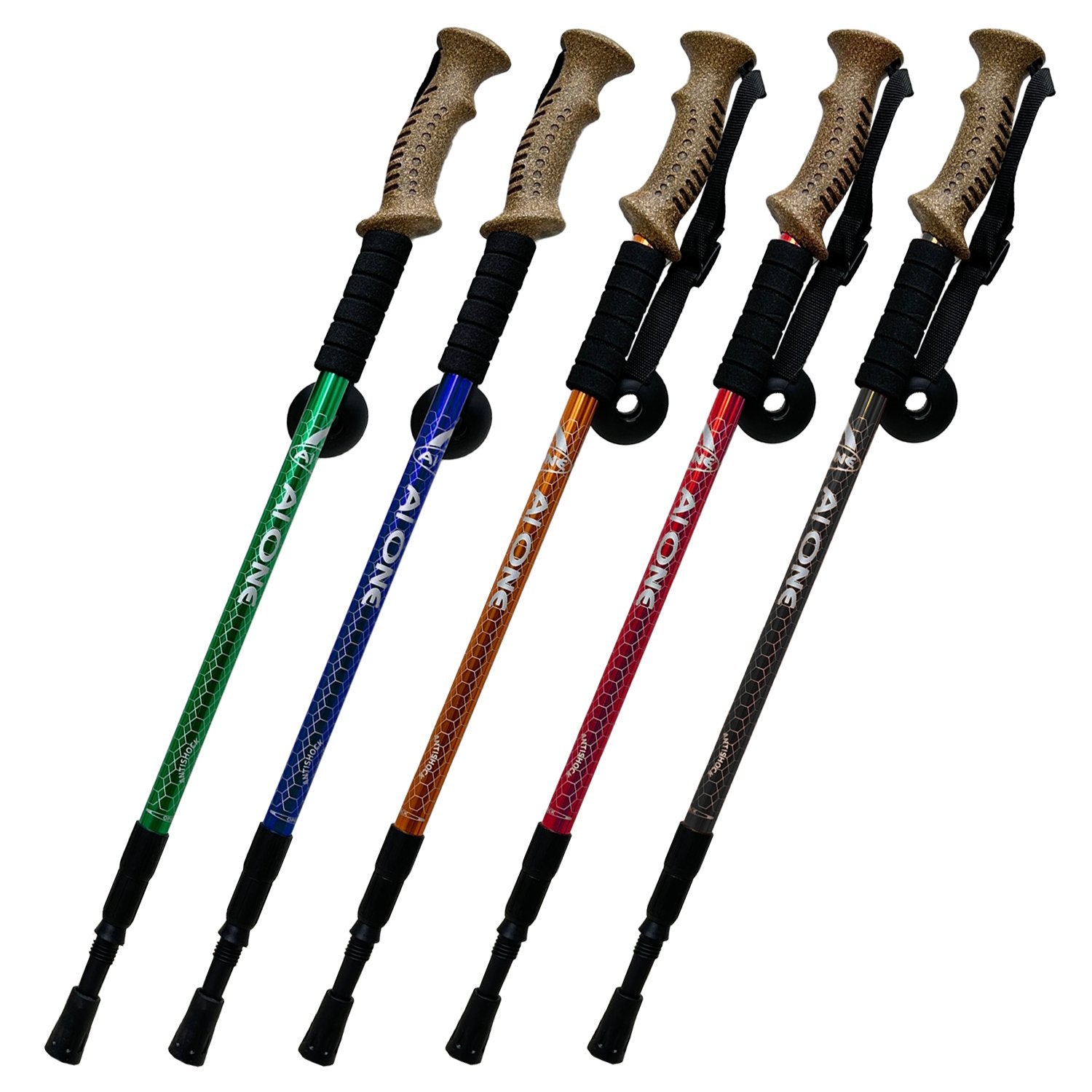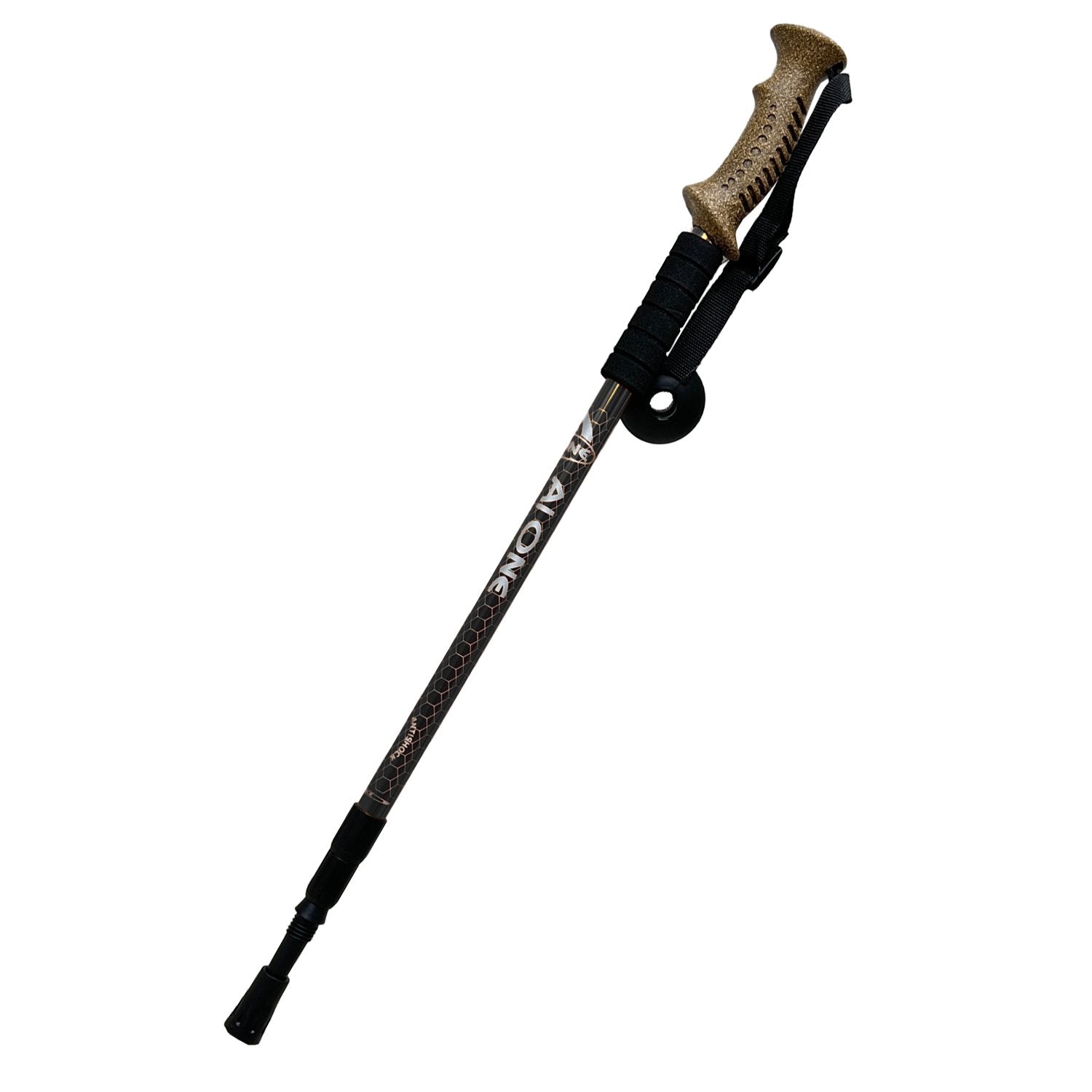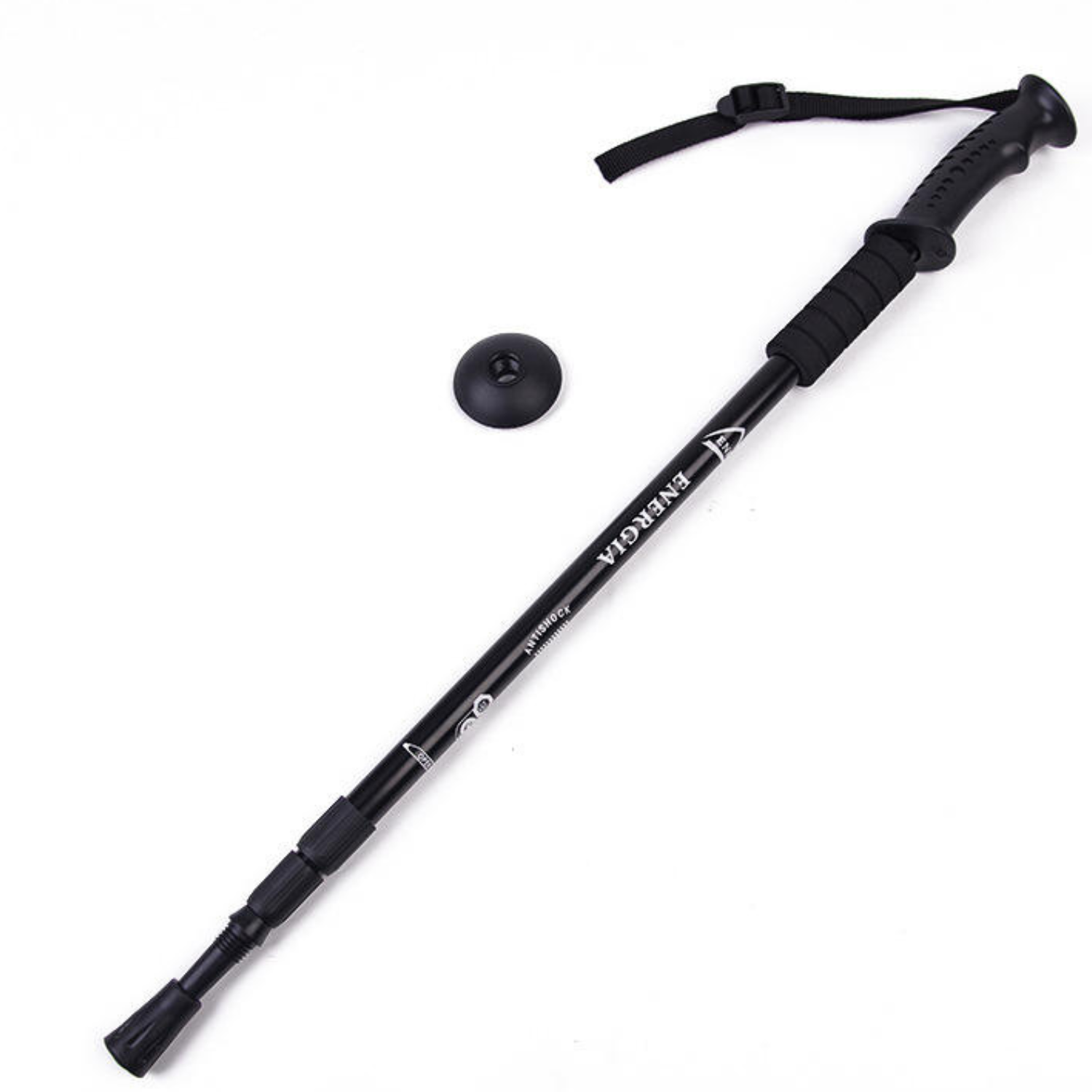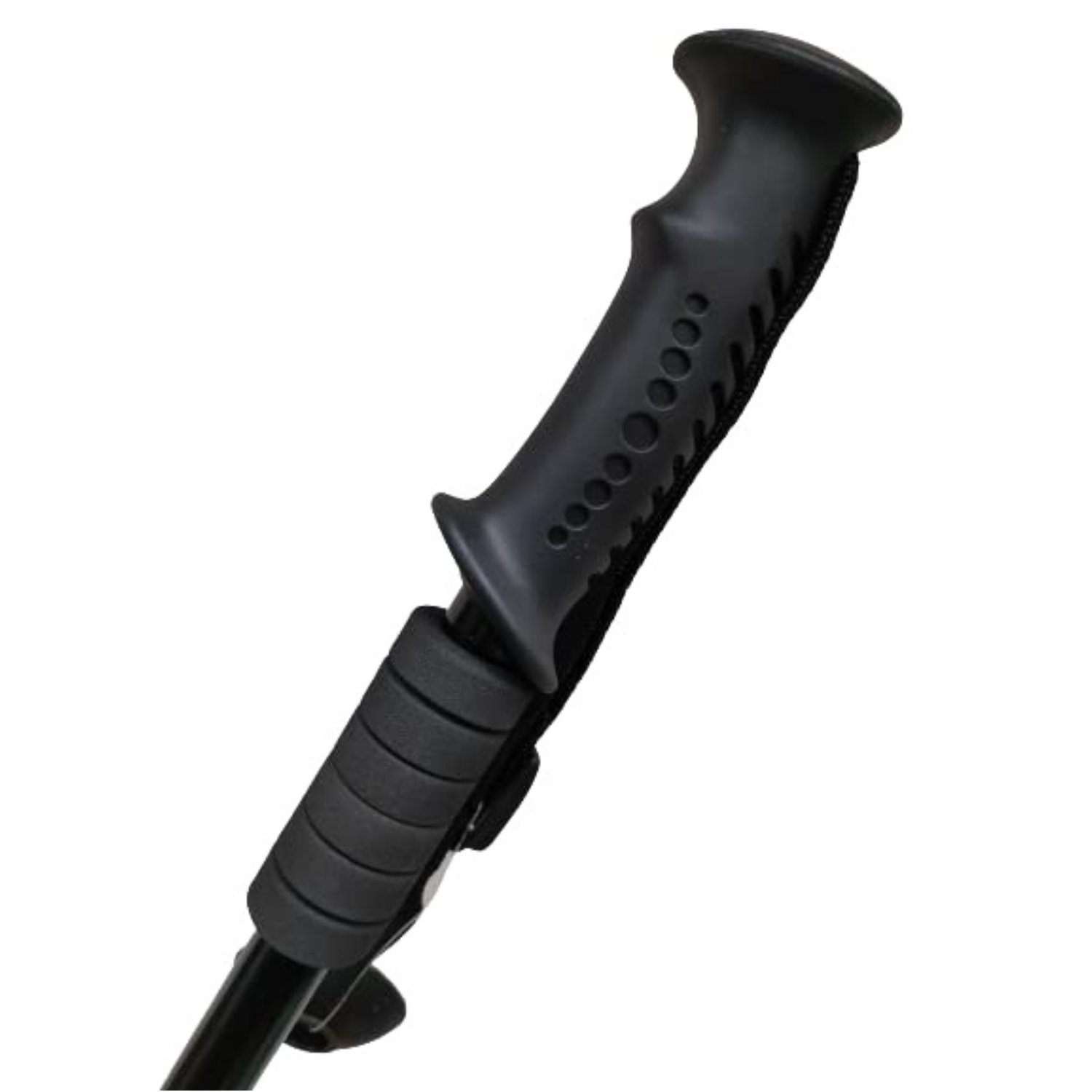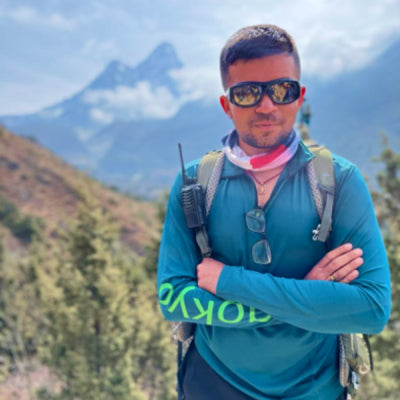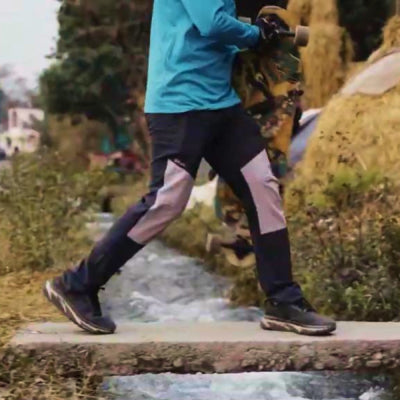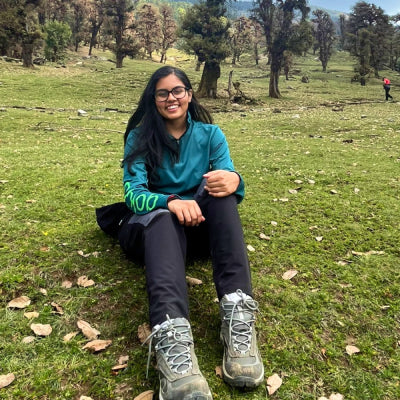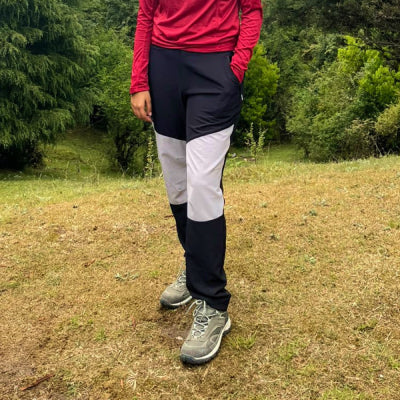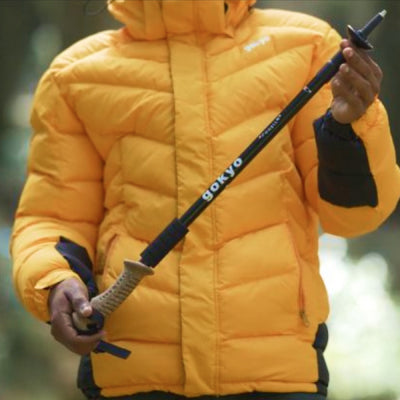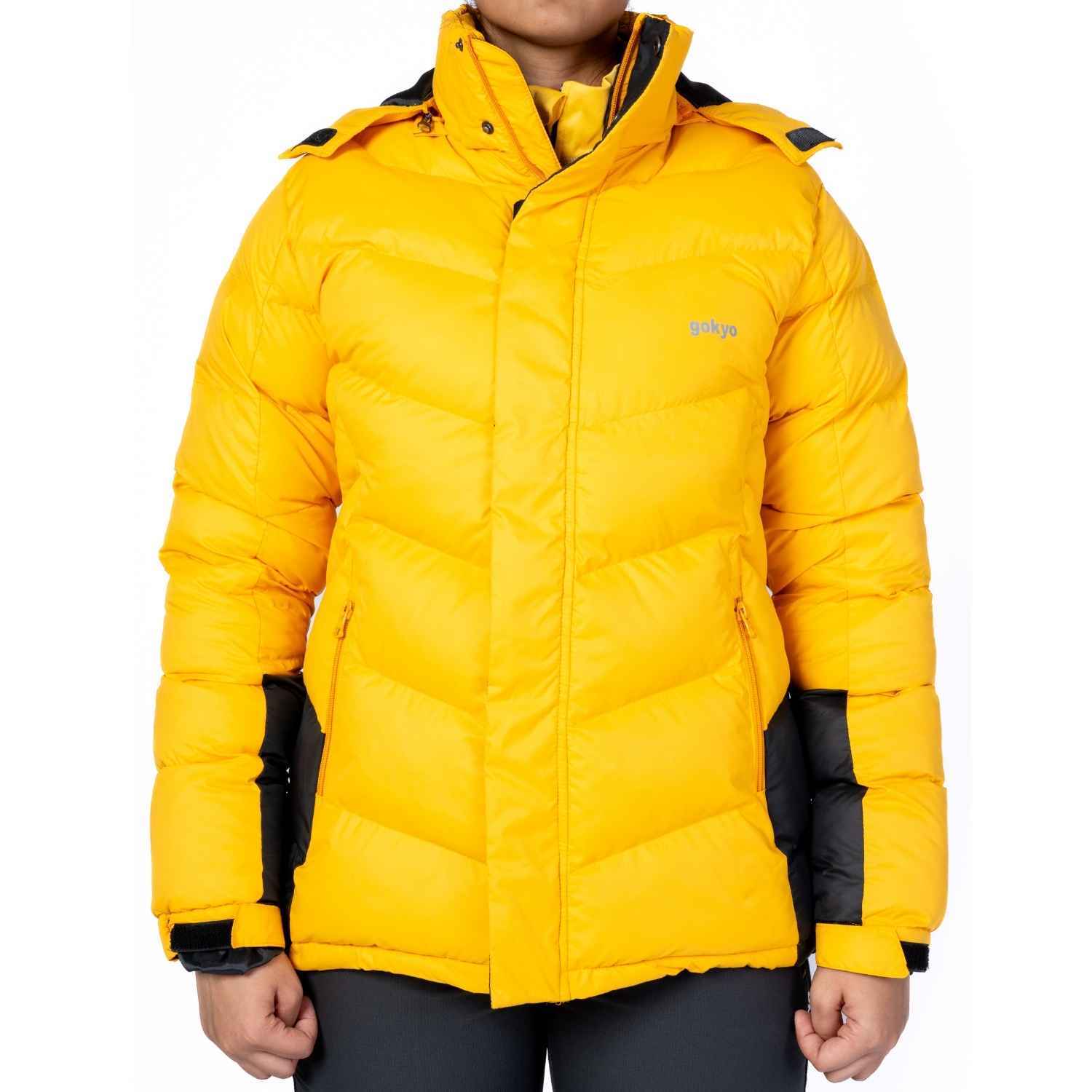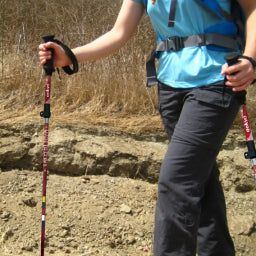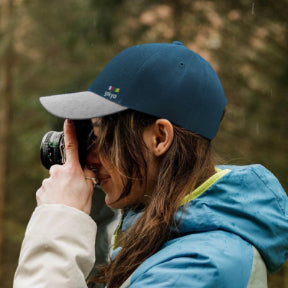Why Trekking Poles Are Not Unique to the Himalayas — Even the Ghats Need Them
When you think "trekking poles," you probably think of them in the hands of adventurers navigating Himalayan slopes with buried talons of snow. But here's the kicker: Those same poles can save your life on the rolling hills of the Western Ghats, Nilgiris, or Sahyadris. Using them gives you the safety of crossing snotty patches without the fear of falling, to simply give your knees a break. Honestly, these simple magical sticks turn every hike into a safer, smoother, and infinitely more enjoyable experience before even realizing it.
The Hidden Potential of Trekking Poles
Most Indian weekend trekkers have little interest in using trekking poles, considering the terrain "doable," compared to the Himalayas. But that may not always be the case. The Ghats have unbearable climbs, gnarly slides, monsoons at ten thousand feet, and motley patches of loose gravel where balance and endurance can be tested beyond their limits. They distribute weight, give you that added push on climbs, and alleviate stress on your knees while traversing downhill. Think of it as a morphological aspect of walking without the burden of always being supported by your knees, unconditionally.
Fun fact: Trekkers have shown that trekking poles reduce stress on their knees by nearly 25%. That's the difference between cheering at the top of the mountain and limping your way back to the bus, almost in tears.
Preparation Begins with the Proper Equipment
A trek, be it in the misty Coorg hills or the wind-swept Matheran plateaus, begins with preparation. Choosing robust trekking bags that can hold your sheer essentials without weighing you down is a mandatory first step. A balanced bag allows you to carry gear without stooping, gasping for air on steep sections.
And yes, even though the poles assist you in walking, what you wear on your feet counts too. A good pair of shoes for trekking is a surety against slips and ankle sprains. The tread, the ankle support, and the water resistance can be the difference between enjoying a hike and tending to an injury.
Best Trekking Backpacks for Hikes, Trails, and Travel
Weather: The Unwelcome Visitor on Treks
Ask any veteran trekker, and they'll tell you, the weather will surprise you nearly every time. The Western Ghats, especially, play hide-and-seek with sun and rain. And that's where intelligent packing comes in. A dry sack can be your savior, drying out clothes and electronics in the case of unexpected showers or morning dew. Lightweight, waterproof, and an unsung hero of the trekking world.
On a hot day, a stylish caps for men isn't merely a fashion statement, it's your protection against direct sun. Add in a lightweight fabric, and you'll be glad you brought it along when the sun beats down and there's no shade in the distance.
Did you know? The Ghats experience the quickest weather fluctuations in India, from scorching sun to cloudburst within less than ten minutes.
Stay Cool and Covered with These Trekking Caps
Hydration: It's Not Just Water
Rock climbing in wet weather is energy-draining, to say the least. Naturally, drinking water is a good idea, but maintaining electrolyte levels is also essential. This is why having a decent thermos flask is a good idea; it keeps your beverage at the correct temperature for hours, whether it's hot tea for a cold morning climb or cold water for a hot midday climb.
To take the hydration to the next level, add a little bit of sugar-free electrolyte powder. It restores lost minerals without the added calories or sugar crash. Ideal for long hikes where endurance is more important than anything.
Energy-Boosting Food and Supplements for Trekking and Travel
Style Meets Functionality
Who tells us that trekking cannot be chic? Functional equipment can be good-looking too, particularly when you select it from brands that grasp both performance and design. Sleek sunglasses not only shield your eyes from UV radiation but also protect them from wind and dust. During early morning hikes, they reduce glare from dewdrops and wet rocks, a minor detail that makes a big difference.
Smart Packing: The Art of Balance
There's an art to packing for a hike. Keep the heavier items closer to your back in the trekking bags, and utilize compartments well. Dirty shoes or wet clothes must be carried in a dry bag away from the rest of your gear to prevent ruining the rest of your equipment.
And although we each have our individual idiosyncrasies of what we bring, there is a golden rule: if you're not going to use it, don't bring it. Extra weight only slows you down.
Safety and Comfort on the Trail
The appropriate shoes for trekking and sticks combined create your "trekking safety kit." The shoes stabilize you on wet rocks, while sticks provide you with the confidence to walk down steep slopes. This combination proves particularly helpful on the Ghats' slippery laterite ground after rain.
Eye protection is usually overlooked but required. Proper sun protection can minimize sun fatigue on sunny trails, particularly if the sun is glinting off wet leaves or streams.
Pro tip: Adjust your poles to correct height, elbow 90 degrees for maximum comfort and efficiency.
Waterproof and Weather-Ready Trekking Shoes
Fueling the Body Mid-Trek
Trekking burns calories quicker than you realize. Nuts or energy bars are great for snacks, but easy hydration is a lifesaver. Sugar-free electrolyte powder comes in handy here once more, preventing your muscles from cramping and your energy level from dipping. And even better if you mix it with water from your flask, so that it does not get heated up while the trek is on.
Some trekkers even drink herbal tea or lemon water for a natural energy lift, a nice morale booster on long climbs.
Why Gokyo Outdoor Clothing & Gear Does It Better
Good equipment is not about brand names; it is about understanding the requirements of the trekkers. Gokyo Outdoor Clothing & Gear understands that balance, offering equipment that is robust enough for the Himalayas but perfectly adapted for the Ghats. From trekking poles that are designed for grip and stability, to ventilated hats for men, to trekking backpacks that don't compromise on comfort, every item is designed with the trekker's experience in mind.
Final Thoughts
Ghats trekking is not "easier" than the Himalayas, it's just different. Terrain, climate, and challenge all demand the same respect and preparation. With the right gear, poles, bags, shoes, hydration aids, and weather protection, all trails are more enjoyable and much safer.
So, the next time someone says poles are only for white peaks, just smile, tilt your cap, and take them along to see that even the Ghats welcome a well-equipped trekker.
Frequently Asked Questions (FAQs) :
1. What’s the weirdest thing you should pack for the Ghats?
A small whistle. Sounds random, but if you wander off the trail or lose sight of your group, it’s the easiest way to be heard over rushing streams and chirping birds.
2. Is rain in the Ghats really that unpredictable?
Oh yes. It can go from bright sunshine to “monsoon madness” in ten minutes. Always keep quick-dry gear handy, even if the morning looks perfect.
3. Do snacks taste better on a trek?
Somehow, yes. That granola bar you ignored at home becomes gourmet when you’re halfway up a hill with a view that could be a Windows wallpaper.
4. Can I trek in casual sports shoes?
Technically… yes. But expect wet socks, sore arches, and zero grip on slippery rocks. The Ghats have no mercy for non-trekking souls.
5. What’s one rookie mistake to avoid?
Not starting early. Morning treks give you cooler weather, fewer crowds, and the smug joy of already being done while others are still parking.


